I had always imagined the 275 Trophy-R was the high point of the really hot Renault Mégane model series. I’m not sure why but I remembered it as the high watermark. With its coupé-ish appearance and rock-rigid body, it seemed as modern as today’s Mégane does, but with less than 300bhp, it retained the delicacy of old hot hatchbacks.
It’s also the only one I drove at the Nürburgring, the track that has made this series of special Renault Sport Méganes famous, because each of the trio set a new lap record for a front-driven production car. That’s not any guarantee of greatness, of course, but it helped here, and I always felt that the 275 Trophy-R was the standout among a series of standout cars. Today, though, will tell. We have the three cars in the series together in the same place at the same time. It’s a sequence that started in 2008 with a car called the R26R, or R26.R in Renault-speak of the sort that led to the Kia cee’d becoming the Kia Ceed by the time it had passed via sensible sub-editors.
There had been hot Renaults before the R26R. The most bonkers Renault Clio ever had a V6 installed in its middle; there’s an amusing ‘three-litre Clio’ story involving a confused Volkswagen chief, Ferdinand Piëch, attached to that. And even before that, there were Group B rallying-homologated, mid-engined Renault 5 specials. But the R26R had a different kind of competition in mind and went about succeeding at it in a different way. Renault wanted the Mégane to become the fastest front-wheel-drive production car around the Nordschleife – a feat that, remember, doesn’t necessarily make for a great driver’s car – so set about throwing 123kg from an already light hatchback, including ditching the rear seats and swapping rear window and tailgate glass for plastic. Thus equipped and riding on optional Toyo track tyres, Renault’s tame test driver Vincent Bayle took the R26R around the ’Ring in just 8min 17sec.
There were quite a few production examples of this car built at the old (and new) Alpine factory in Dieppe: 450, of which Renault UK was quite bullish about the prospects of selling in Britain, opting to take 230 of them.
![]()
It didn’t quite pan out like that. As with the earlier, if anything more special, Ford Racing Puma, the market baulked at the £23,815 (plus another £3000 for the track tyres, roll-cage and titanium exhaust that no R26R should be without) asked for a two-seat Renault, so some of the allocation made its way onto Renault’s internal car scheme on favourable rates and other examples were sold back in France.
Used values, at one point, dropped to the low teens. Sigh. Yes, we probably should have. Now they will cost what they did when they were new, but even at that price, as when new, I think they’re worth every penny. To drive one today is to still find a hugely enjoyable hot hatch. Or perhaps ‘small coupé’ would do it more justice.

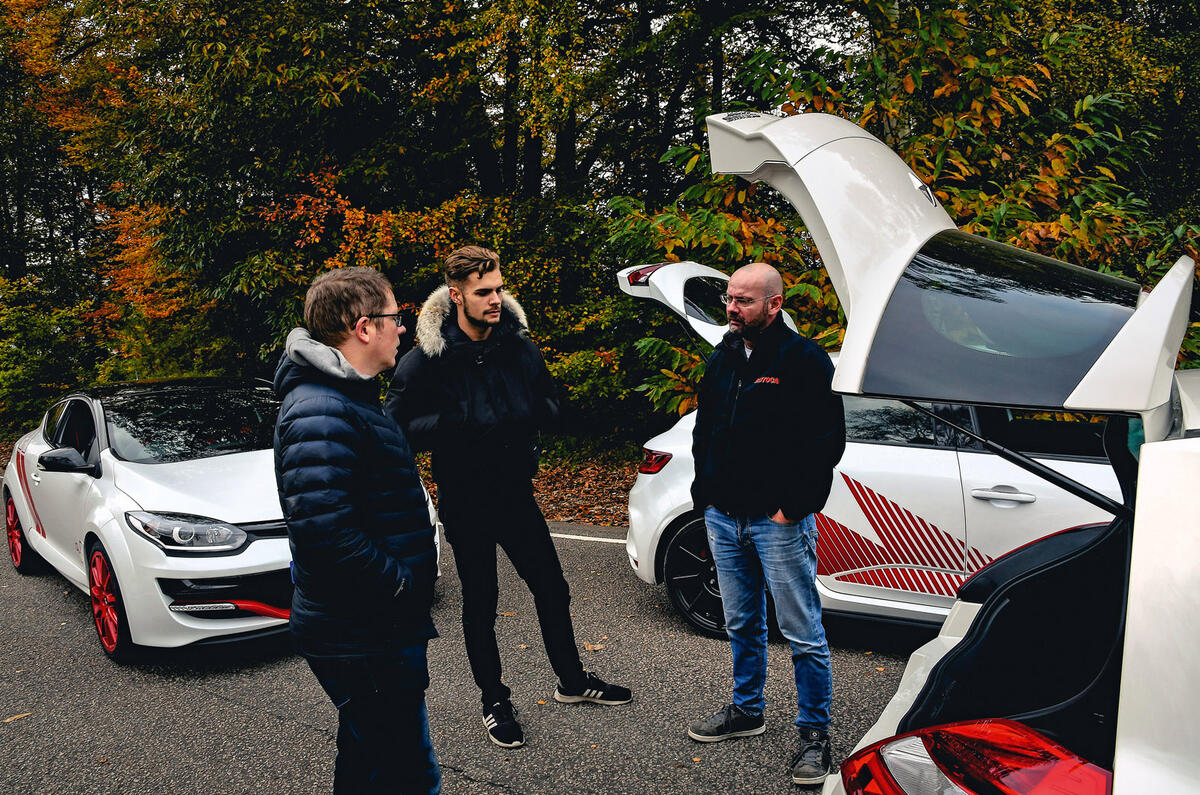

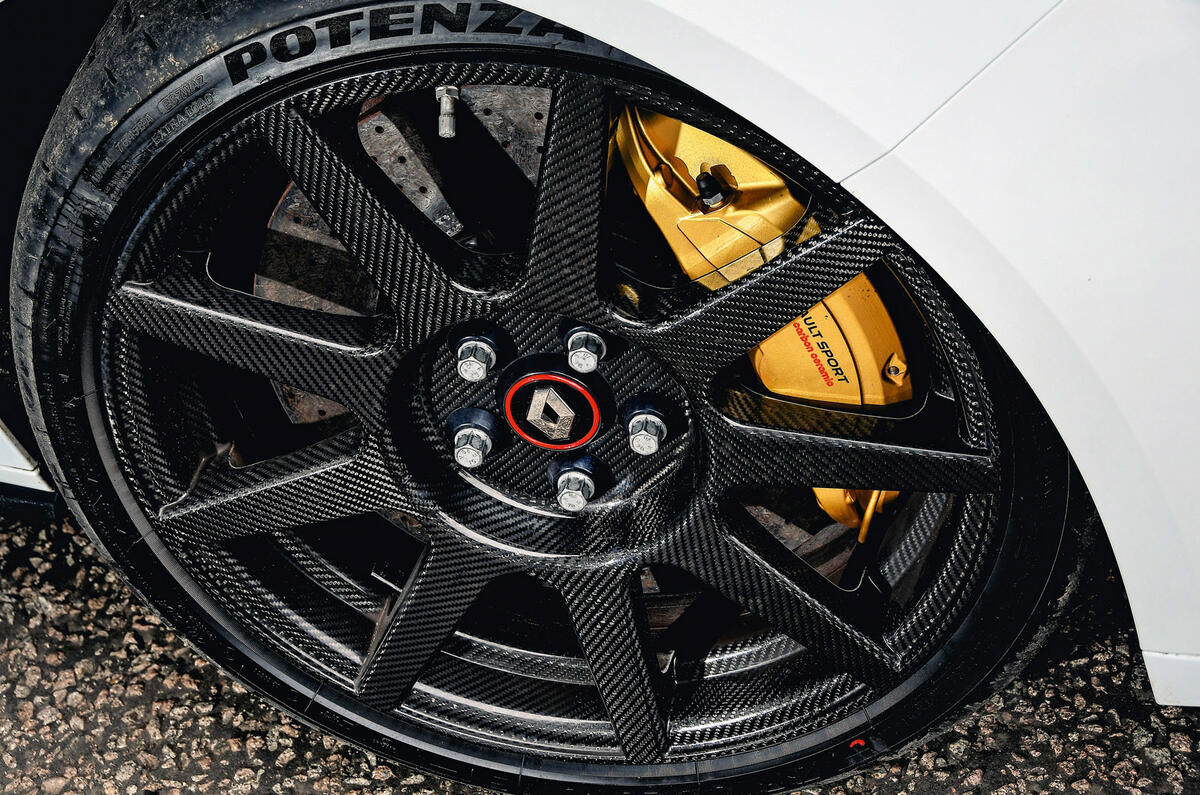
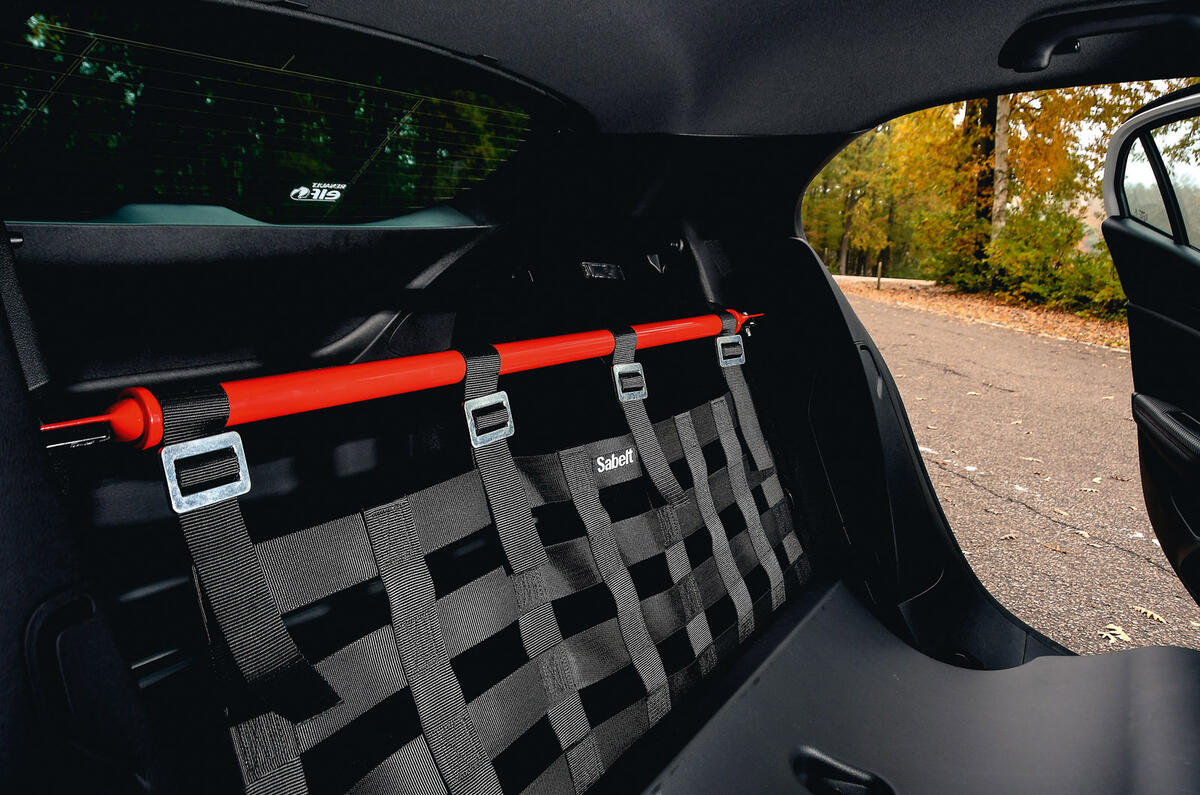

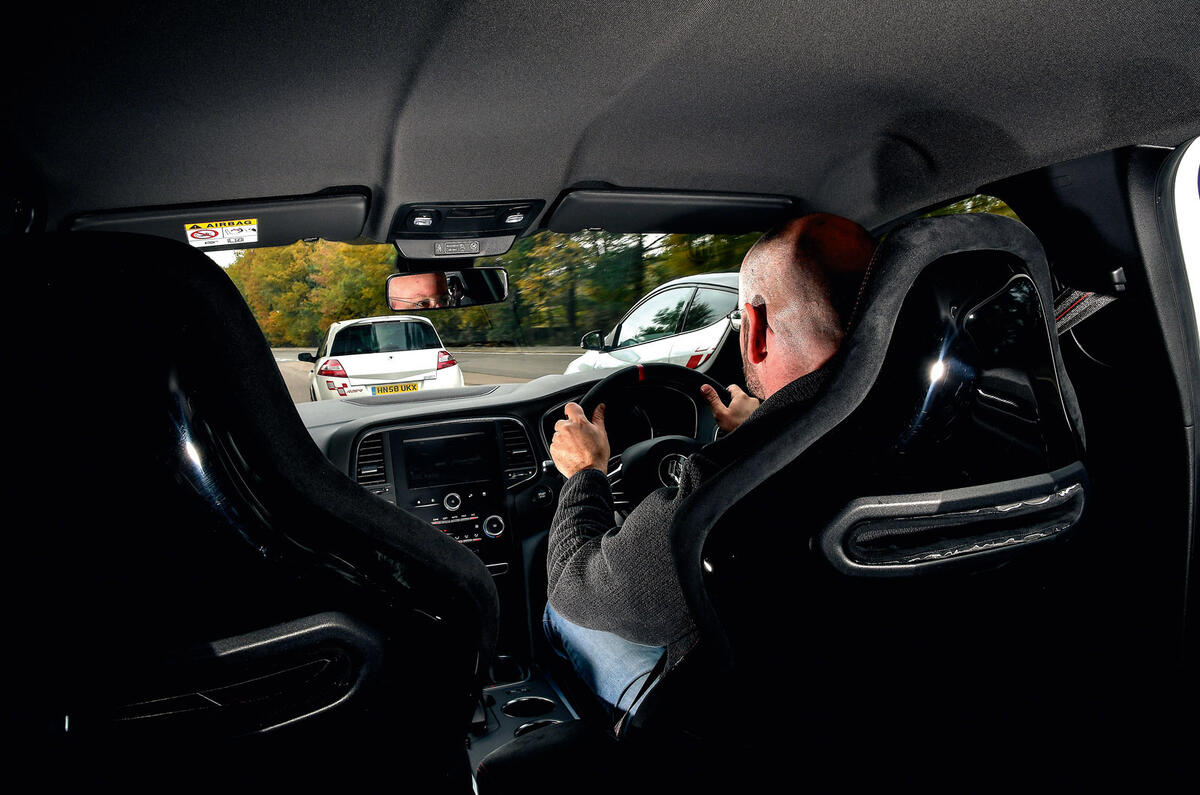

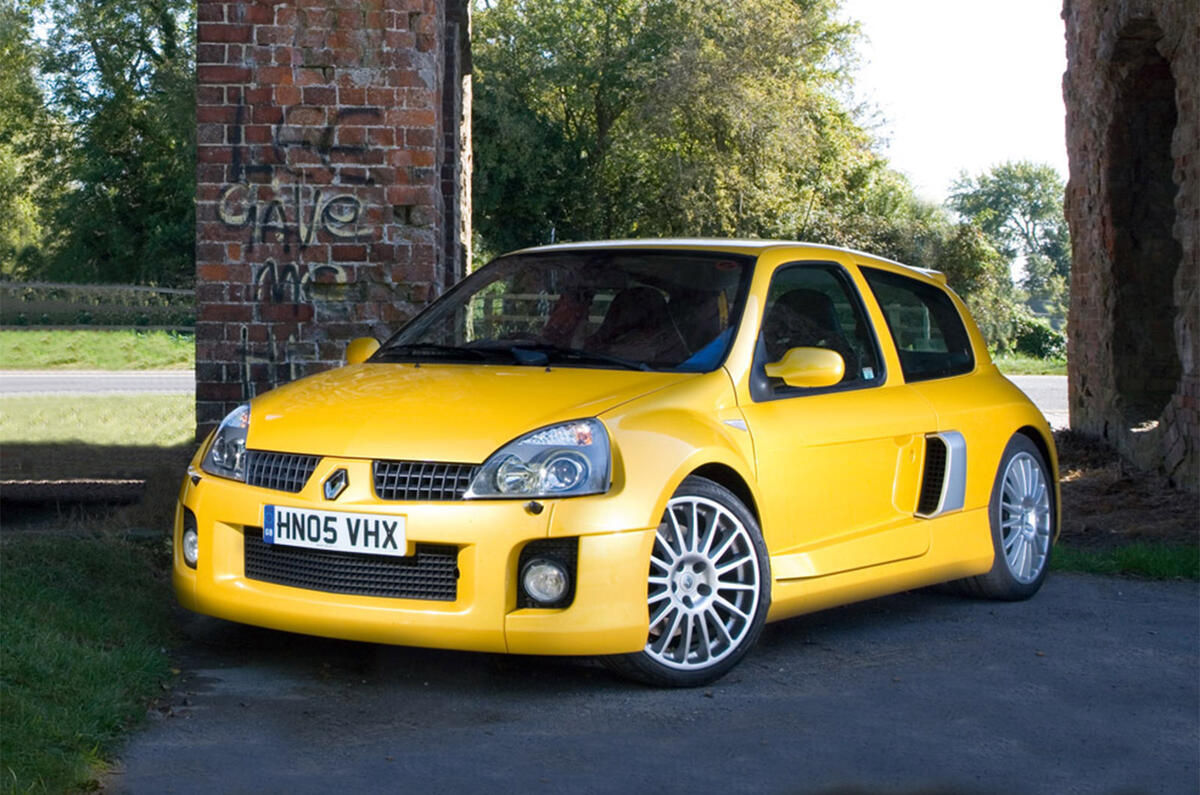

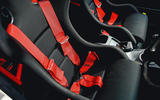
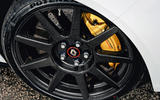
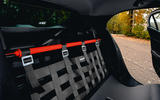


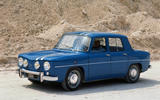
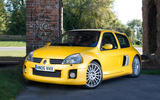












Join the debate
Add your comment
The R26.R is Still Amazing
Plastic windows! You just KNOW Renault was serious about this one.
About b***dy time.
About time someone gave Renault the respect they deserve for some of the best performance cars ever made. The 19/16 valve was a humdinger too. They may not have looked like it but they were usually more than up to the performance task they were made for. Brakes, steeering and gearchange all weighted for press on driving in the performance variants not all controls turning to "mush" as soon as you gave it the beans.